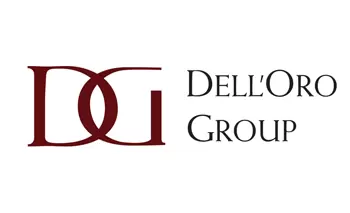The FCC opened a proceeding to consider innovative sharing models in 500 megahertz of spectrum in the 42 GHz band.
As the spectrum between 42-42.5 GHz is largely unused, the FCC proposes exploring an innovative, non-exclusive spectrum access model in this greenfield spectrum, which is ideal for experimentation due to the lack of incumbent licensees.
The FCC proceeding build a record on the benefits and drawbacks of implementing a shared licensing approach in this band. It will seek comment on three specific shared licensing approaches: 1) a nationwide non-exclusive licensing approach, in which licensees coordinate specific deployment sites with a third-party database; 2) a site-based licensing approach, in which licensees would apply for each deployment site directly with the FCC; and 3) a technology-based sensing approach, in which operators would employ such technologies to avoid harmful interference from one another.
The NPRM proposes licensing the 42 GHz band as five 100 megahertz channels, and seeks comment on other aspects of implementing a shared licensing approach, including coordination mechanisms, first-in-time protections, buildout requirements, technical rules, and potential synergies with the sharing approaches being considered for the Lower 37 GHz (37-37.6 GHz) band. It also proposes measures to protect radioastronomy services in the adjacent 42.5-43.5 GHz band.
FCC Chairwoman Jessica Rosenworcel states: So much of what is creative in wireless happened here first, on our shores. And this agency played no small part in making this true. We were the first to borrow the academic ideas of Ronald Coase and reimagine the distribution of airwaves with auctions. More than three decades later we have raised $233 billion using this tool—one we need Congress to continue. We were also the first to take a handful of underused frequencies known as “garbage bands” in the 900 MHz, 2.4 GHz, and 5.8 GHz range and do something radical—give the public access to these airwaves. It worked because this is the unlicensed spectrum where Wi-Fi was born. More recently, we blazed a trail for incentive auctions—again, the first to do this in the world. We also created an innovative structure with a hierarchy of rights in the 3.5 GHz band combined with new systems to support dynamic spectrum access.
Our goal today is to continue that creative streak. This time we are going to do it with a millimeter wave band. When I took over at the Federal Communications Commission, I believed the agency had overinvested in millimeter wave auctions at the expense of moving to market the mid-band spectrum essential for nationwide 5G service. So we pivoted—fast. With the help of my colleagues, we quickly launched auctions in the 3.45 GHz band and 2.5 GHz band. With those successful mid-band efforts in the rear-view mirror, we are now turning back to millimeter wave. But this time we want to consider something different.
In the 42 GHz band we have 500 megahertz of greenfield airwaves with no federal or commercial incumbencies. So we are putting out ideas. We are exploring non-exclusive access models. This could entail using a technology-based sensingmechanism to help operators actively detect and avoid one another. It could involve non-exclusive nationwide licenses that leverage a database to facilitate co-existence. It could also entail site-based licensing. To get even more out of this effort we ask if our approaches could be combined with shared-used models in other spectrum bands, like the lower 37 GHz band."
https://www.fcc.gov/document/fcc-explores-spectrum-sharing-approaches-42-ghz-spectrum-band














